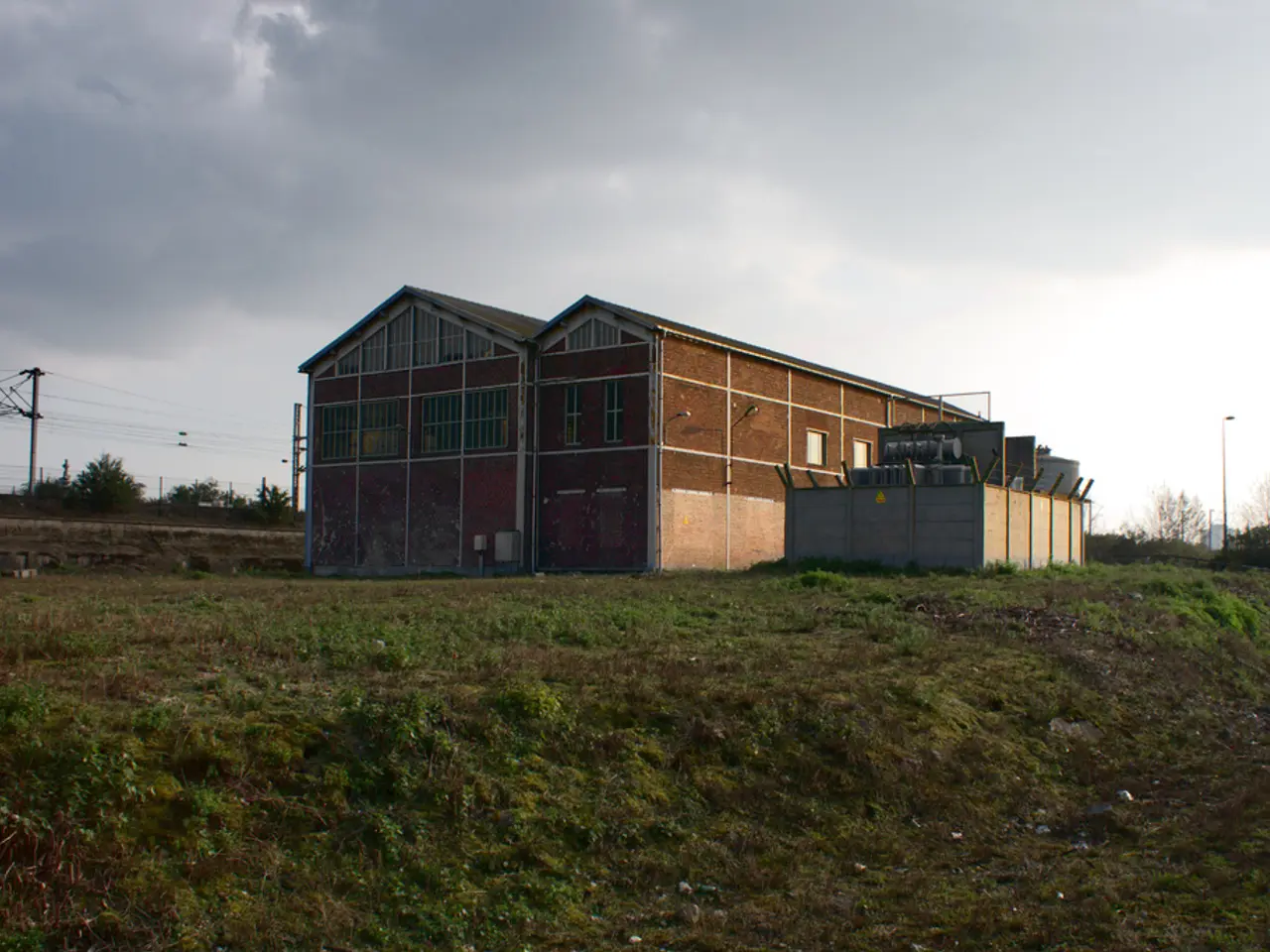Strategies for Addressing Flood Situations and Cleaning Up Storm Debris
Safely Restoring a Flood-Damaged Home in Victoria, Australia
After a flood or storm, restoring a home can be a daunting task. Here's a step-by-step guide to help you navigate the process safely and effectively.
- Ensure Safety First: Before entering the property, ensure it is safe. Disconnect power to the premises and check for hazards such as fallen trees, broken roof tiles, and loose debris. Prioritize removing people from the hazard zone.
- Allow Water to Drain and Begin Emergency Repairs: Let standing water drain naturally before cleanup. Carry out emergency repairs to secure the building and prevent further damage.
- Professional Water Extraction and Drying: Engage certified flood restoration experts to perform thorough water extraction, structural drying, and moisture control. Use industrial air movers and dehumidifiers to dry walls, floors, carpets, underlays, and concrete slabs to prevent mould and structural damage.
- Mould Prevention and Remediation: After drying, perform mould assessment and removal to mitigate health risks and property decay.
- Restore Carpets and Floors: Professional restoration of carpets and flooring is needed to recover water-damaged areas.
- Use Professional Services with Certification: Choose companies accredited by bodies such as the Institute of Inspection, Cleaning and Restoration Certification (IICRC) for assurance of quality and compliance with Australian standards.
- Access Emergency Resources: Use resources like the State Emergency Service for flood guides, VicEmergency app for warnings, and contact emergency restoration services available 24/7 in Melbourne.
Inspection and Clean-up
Inspect your property carefully for visible structural damage. Pump out standing water and shovel out mud and silt. Hose out any mud, dirt, and debris and then open all your doors and windows for ventilation.
Mud can seep into all the nooks and crannies in your home, so look out for mud in small spaces behind and under benches, in shelving, and under showers and baths. Dry out the structure and contents thoroughly to prevent rot and mould. Consider hiring industrial fans, dehumidifiers, and dryers to speed up drying times.
Safety and Hygiene
Beware of contaminants in floodwater, wear protective clothing to protect against mould. Practice good hand hygiene and use disinfectant when cleaning. Wear sturdy water-resistant boots, long pants, long sleeves, gloves, protective glasses (if needed), and a hat. Use insect repellent and SPF during outdoor clean-up.
Soft Furnishings and Kitchen Items
Have soft furnishings professionally cleaned or wash in hot water if possible. Sanitize kitchen items with boiling water after washing them in hot soapy water.
Home Security
Notify utilities of the situation and arrange for mail to be held or diverted. Consider arranging for a temporary security measure (i.e. cyclone fencing) to be installed as a deterrent if the property can't be secured due to destruction of locks.
Preparing for Future Storms or Floods
Check that your insurance cover is current and adequate. Fix any roof damage, clean your gutters, secure large items, keep tree branches trimmed, prepare a home emergency kit, create an action plan, listen to local radio for weather warnings, and manage your insurance policy 24/7.
In Victoria, which has many flood-prone communities, flooding can occur at any time of the year. By following these steps, you can safely clean up and restore your home after flood or storm damage, minimising health risks and ensuring complete recovery.
- Engaging in environmental-science studies is crucial for understanding the impact of climate-change, including increased instances of flooding, and developing sustainable methods to fortify homes and gardens against future disaster.
- Post-restoration, adopting sustainable lifestyle choices such as energy-efficient appliances, innovative water-saving strategies, and eco-friendly home improvement practices can significantly reduce the carbon footprint of one's residence.




